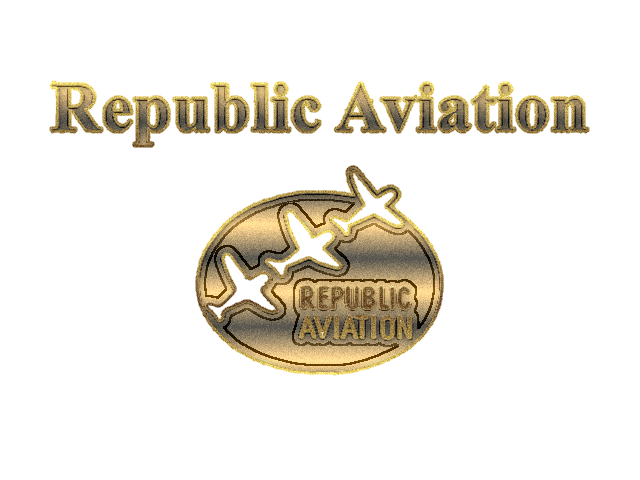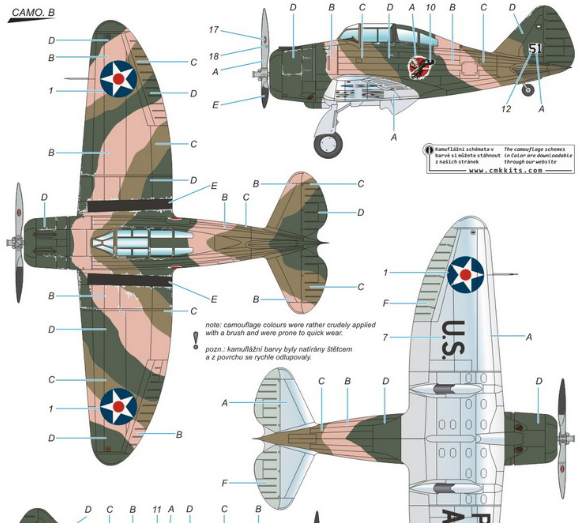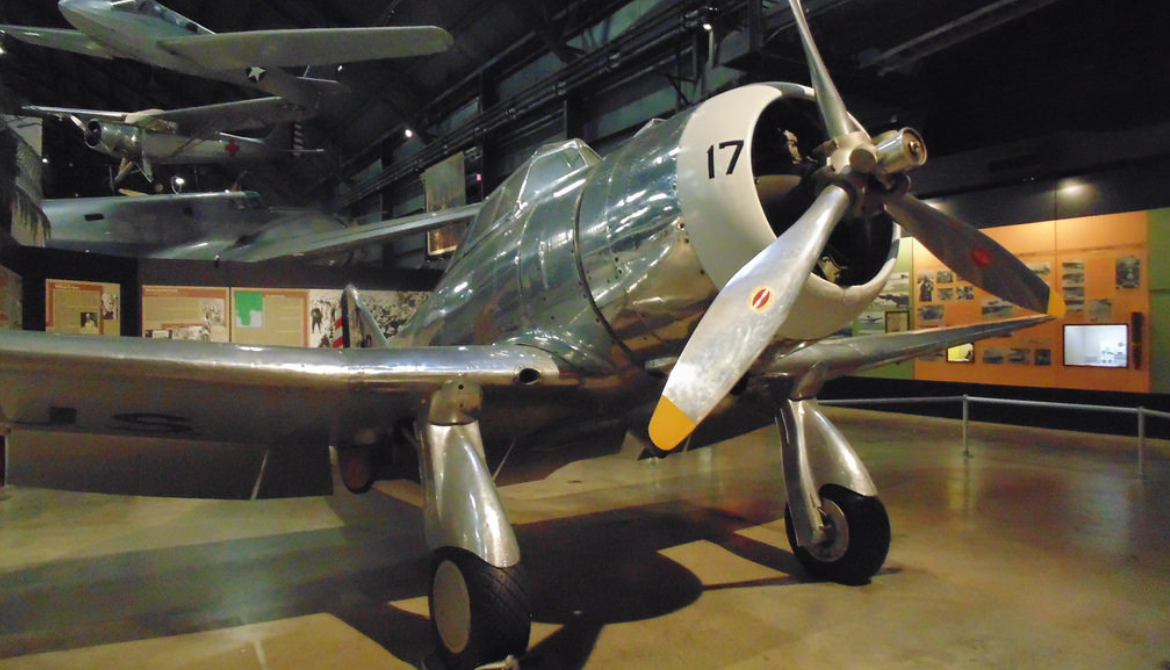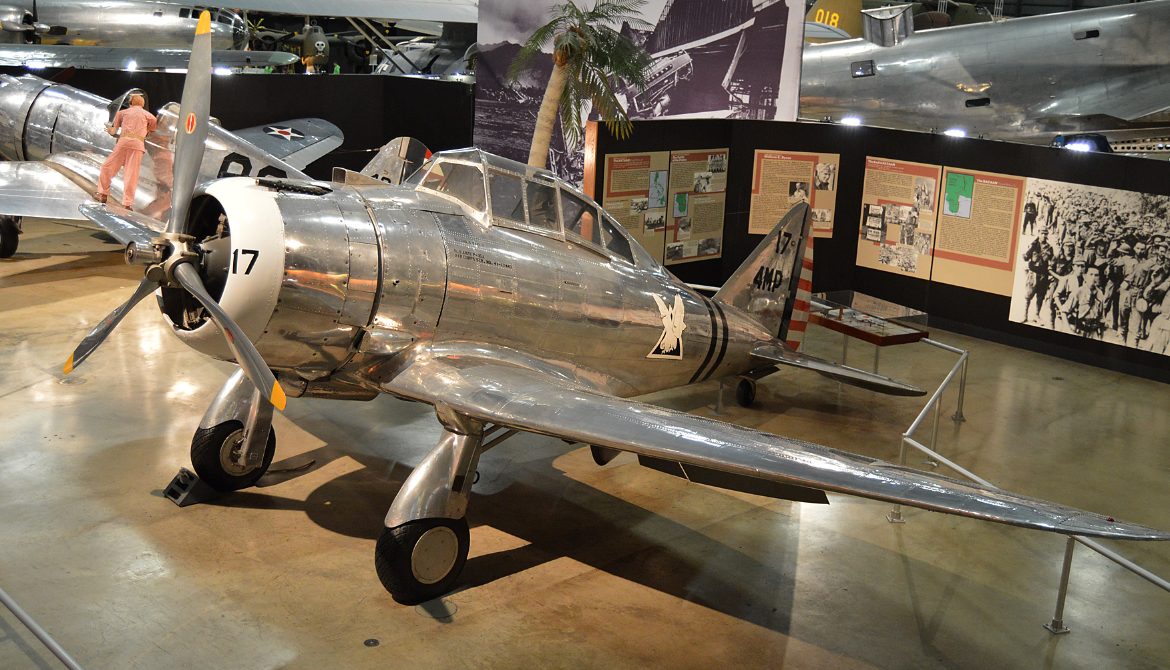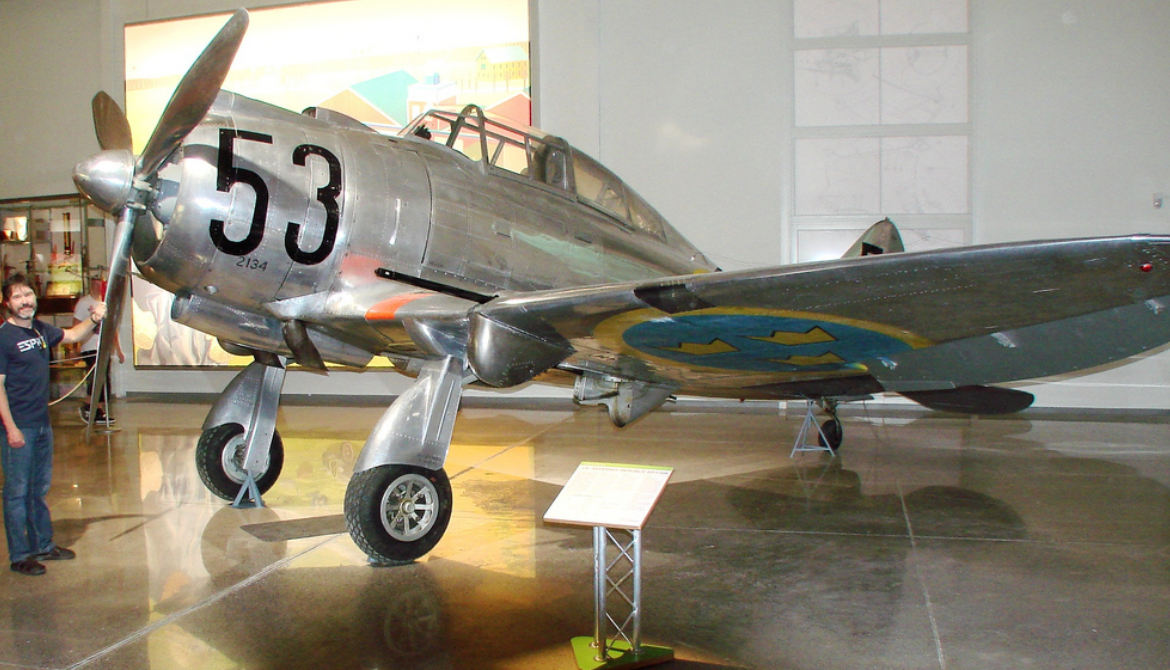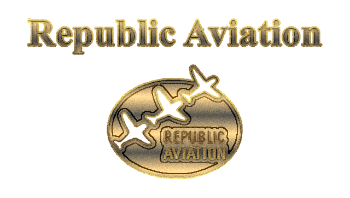Republic Aviation
Seversky P-35 (1937)
|
|||||||
|---|---|---|---|---|---|---|---|
| National origin | United States | ||||||
| Manufacturer | Seversky | ||||||
| First flight | 15 August 1935 | ||||||
| Introduction | 1937 | ||||||
| Retired | September 1952 (Swedish Air Force) | ||||||
| Primary users |
United States Army Air Corps
|
||||||
| Number built | 196 | ||||||
| Developed from | Seversky SEV-3 | ||||||
| Variants | Seversky A8V | ||||||
| Developed into | Republic P-43 Lancer | ||||||
.
History Republic Aviation Corporation.
Seversky P-35 is an American fighter aircraft
First flight 15 August 1935 Introduction 1937

When the USAAC announced a competition for a new single-seat fighter in 1935, Seversky sent the SEV-2XP, confident it would win despite being a two-seater. However, the aircraft was damaged on 18 June 1935 during its transit to the fly-offs at Wright Field. To compete with the Curtiss Model 75, a single-seat aircraft with retractable undercarriage, Seversky rebuilt the aircraft into the single seat SEV-1XP, replacing the SEV-2XP's fixed landing gear with a retractable undercarriage where the mainwheels retracted backwards into the wing, and an 850 hp (634 kW) R-1820-G5 replacing the -F3 of the SEV-2XP. The SEV-1XP was delivered to Wright Field on 15 August for evaluation, which was generally successful, although the Cyclone failed to deliver its rated power and the SEV-1XP only reached 289 mph (465 km/h) rather than the 300 mph (483 km/h) predicted by Seversky.
The origins of the P-35 can be traced back to the Seversky SEV-3 three-seat amphibian, designed by Alexander Kartveli, Seversky's chief designer and Seversky's first aircraft. The SEV-3 first flew in June 1933 and was developed into the Seversky BT-8 basic trainer, 30 of which were ordered by the United States Army Air Corps (USAAC) in 1935. This proved grossly underpowered and was quickly replaced by the North American BT-9.
Variants

Seversky AP-7A, fitted with Pratt & Whitney R-1830 Twin Wasp engine, 1940. 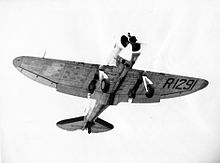
The Seversky SEV-DS, flown by Jimmy Doolittle - AP-1
- A P-35 fitted with a Pratt & Whitney R1830 engine.
- AP-2
- From SEV-1-XP
- AP-7
- Racer for Jacqueline Cochran
- AP-9
- Fighter trials aircraft developed in parallel to the AP-7
- BT-8
- 30 production basic trainers for the USAAC
- P-35
- First production version, Pratt & Whitney R-1830-9 engine with 850 hp (634 kW).
- EP-1 – Export version of the P-35.
- P-35A – AAF designation for appropriated EP-106 originally contracted to Sweden, Pratt & Whitney R-1830-45 radial piston engine with 1,050 hp (783 kW) and increased armament.
- EP-106 – Single-seat fighter version for Sweden.
- J 9 – Swedish designation of the EP-1/P-35A.
0
KmCeiling
0
KmCombat RANGE
0
Km/hAircraft Speed
0
Max Crew
Photo Gallery
Republic Aviation Corporation.
Seversky P-35 is an American fighter aircraft


Republic Aviation Corporation. Originally known as the Seversky Aircraft Company
Seversky P-35 is an American fighter aircraft
General Info
-
-
- Crew: One
- Length: 26 ft 10 in (8.18 m)
- Wingspan: 36 ft 0 in (10.97 m)
- Height: 9 ft 9 in (2.97 m)
- Wing area: 220 sq ft (20 m2)
-
Powerplant
-
- Empty weight: 2,075 kg)
- Gross weight: (2,775 kg)
- Max takeoff weight: (3,050 kg)
- Powerplant: 1 × Pratt & Whitney R-1830-45 Twin Wasp radial engine, 1,050 hp
-
Performance
- Maximum speed: (470 km/h, 252 kn) at 12,000 ft (3,700 m)
- Cruise speed: 260 mph (420 km/h
- Range: (1,530 km, 830 nmi)
- Service ceiling: (9,600 m)
- Rate of climb: 1,920 ft/min
- Wing loading: 27.8 lb/sq ft
Armament
-
- Guns: 2 x 0.30 in (7.62 mm) M1919 Browning machine guns; 2 x 0.50 in (12.7 mm) Browning M2/AN machine guns
- Bombs: up to 350 lb (160 kg) of bombs
Links to Youtube & Others
The origins of the P-35 can be traced back to the Seversky SEV-3 three-seat amphibian, designed by Alexander Kartveli, Seversky's chief designer and Seversky's first aircraft.
Seversky P-35
fighter aircraft
The Swedish Air Force received 60 J 9s in the spring-summer 1940. The aircraft were operated alongside other units assigned to the Svea Air Force Wing (F 8) protecting Stockholm,
Youtube Link
In late December 1941, most of the remaining strength of the Army Air Force in the Philippines was evacuated to airfields on the Bataan Peninsula.
